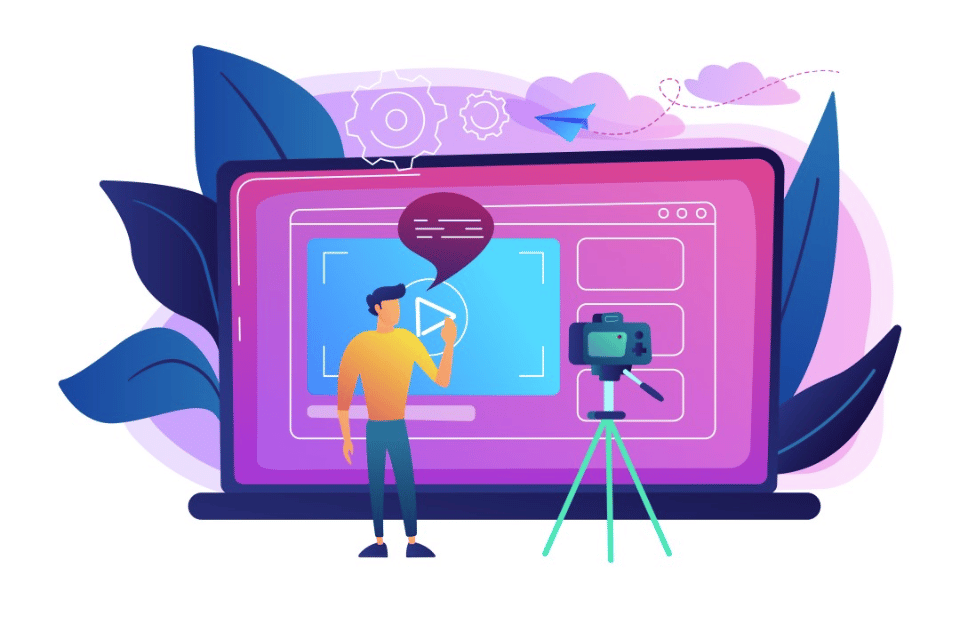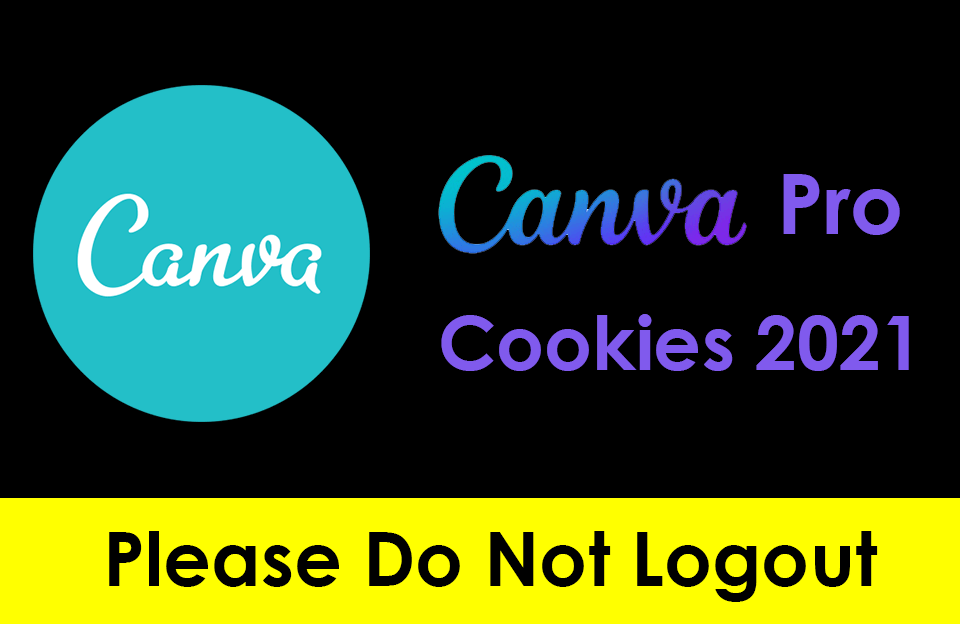Video content has quickly become one of the main drivers in digital communication today, providing information and engaging audiences while creating connections between individuals. Unfortunately, creating videos has long been a complex process that prevented many from harnessing their full potential. To address this challenge, this article explores Text-to-vital tools; their transformative power in dismantling barriers to video creation and democratizing and empowering various creators are explored herein.
Table of Contents
Understanding Text-to-Video Tools
At the core of video creation’s accessibility revolution lies Video tools – tools equipped with sophisticated algorithms driven by artificial intelligence that enable writers to easily convert written words to dynamic video content that engages viewers visually and dynamically. Their development has seen great strides in natural language processing technology, and creative elements like animation, voiceover, and sound design are seamlessly integrated.
The Accessibility Revolution
An irreversible transformation has occurred within video creation: specialized skills or extensive resources are no longer necessary for participation. Text-to-video tools have led this shift by making video creation attainable for individuals and businesses, cultivating an inclusive culture where creativity knows no bounds.
Transformational Applications
Text-to-video tools have immensely affected various industries, fundamentally revolutionizing how content is conceptualized, produced, and consumed.
- Marketing and Branding: Businesses can use text-to-video tools to produce compelling promotional videos, advertisements, and social media posts that connect with audiences while building brand loyalty.
- Education and Training: Modern educators now possess the resources to produce interactive learning materials, tutorials, and training videos that transcend traditional teaching methods – increasing student engagement and comprehension while expanding learning outcomes.
- Entertainment and Media Production: Content creators have used Text-to-video tools to produce animated shorts, web series, and multimedia pieces that enthrall audiences – revolutionizing the digital entertainment landscape.
Overcoming Challenges
Text-to-video tools provide numerous advantages; however, they also present unique challenges that need to be considered carefully.
- Quality Control: It is vitally important to maintain the accuracy and quality of generated videos, with an effective monitoring mechanism in place to ensure they follow the intended message while remaining credible and impactful.
- Ethical Considerations: As these tools gain prominence, ethical concerns about misinformation and deepfakes arise, emphasizing the necessity of responsible usage and strong content verification processes.
- Improving Text-to-Video User Interface and Experience (UI/Ex): Enhancing accessibility requires improving the Text-to-Video tool UI/Ex experience so creators with varied technical expertise can use these tools without issue.
Advancing Inclusivity
- Text-to-video tools offer more than accessibility: they also foster inclusivity through multilingual support, which breaks down language barriers across geographical and linguistic divides to make content available globally.
- Accessibility Features: Integrating accessibility features like subtitles and transcripts into video content ensures it can be enjoyed by those with disabilities or language barriers, creating an inclusive digital space.
- Cater for Diverse Audiences: Text-to-video tools allow creators to reach a wider audience while engaging them more and increasing impact. VII. Future Trends and Inventions
Text-to-video tools appear poised for an exciting future filled with advances and innovations.
- AI-Powered Enhancements: Ongoing advancements in artificial intelligence will further advance Text-to-video tools, providing more sophisticated content generation and customization features.
- Integration With Emerging Technologies: When combined, text-to-video tools and emerging technologies like AR/VR offer new possibilities for immersive storytelling experiences and engaging interactive interactions.
- Real-Time Collaboration Features: Real-time collaboration features will revolutionize collaborative content creation by enabling distributed teams to iterate and refine video content iteratively and continuously seamlessly. VIII Ethical Considerations
As Text-to-video tools continue to develop, ethical considerations must remain at the forefront of their implementation.
- Transparency and Accountability: Promoting transparency and accountability when using text-to-video tools is integral for building and upholding trust with audiences, guaranteeing the authenticity and reliability of content delivery.
- Mitigating Misinformation Risks: To combat misinformation and deepfakes, comprehensive content verification processes and fact-checking mechanisms must be implemented to safeguard information’s integrity and stop its proliferation.
- Protecting Privacy and Data Security: Ensuring user privacy and data security is paramount, necessitating strict adherence to best practices and regulations regulating its handling and storage.
Case Studies and Success Stories
Real-world examples demonstrate the powerful impact of Text-to-video tools across numerous sectors.
- Company A: Increased Brand Engagement: Thanks to the strategic adoption of text-to-video tools into its marketing plan, Company A has experienced an extraordinary surge in brand engagement and conversion rates.
- Company B: Enhancing Educational Outreach: This nonprofit utilized text-to-video tools to produce content for underserved communities, offering greater knowledge access.
- Company C: Simplifying Content Creation: A media production company leveraged Text-to-video technology to streamline content creation processes, producing high-quality videos efficiently and cost-effectively.
Enhancing Accessibility: Strategies for Successful Implementation.
Organizations seeking to maximize the accessibility of text-to-video tools must adopt strategic approaches to be most successful.
- Providing Training and Support Resources: Comprehensive training enables users of Text-to-video tools to exploit them effectively, unleashing their creative potential while optimizing their use.
- Solicit User Feedback: Seeking user input ensures a culture of continual refinement for text-to-video tools that meet users’ changing expectations and needs.
- Promoting Collaboration and Community: Fostering collaboration and building communities among users facilitates knowledge sharing, networking, mutual support, and mutual augmentation for optimal user experiences, innovation stimulation, and the continuous advancement of text-to-video tools. This enhances user experiences and the advancement of text-to-video tools over time.
Conclusion
Text-to-video tools represent an unprecedented transformational force within video creation, expanding access and creating an inclusive culture of creativity and collaboration. As these tools continue to advance, it is paramount that ethical considerations be carefully addressed so they can be utilized responsibly and ethically by users and businesses. By increasing accessibility, welcoming innovation, and building supportive communities, text and video tools can radically reshape digital communications, providing individuals and businesses with the means of breaking barriers while amplifying voices within an increasingly visual society.


